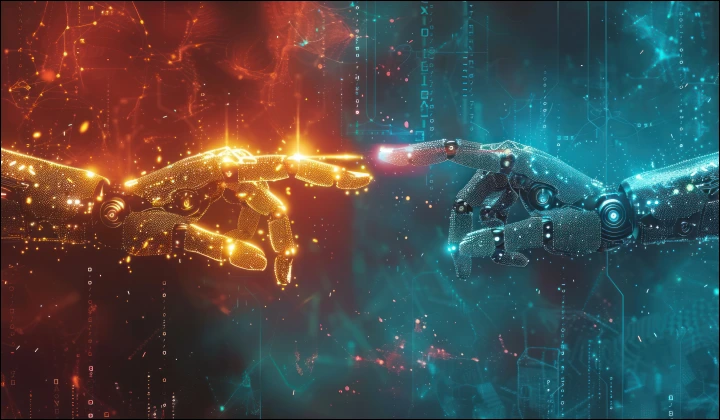What are AI Agents?
An AI agent is like a supercharged task automator. You give it a clear trigger or prompt, and it performs a predefined job using tools or APIs.
Example: A bot that checks your inbox for receipts and logs expenses into your finance system.
How it works:
● Input → Action → Output.
● No memory of what it did yesterday.
● Limited reasoning or adaptability.
It fits well for single tasks or decision trees – great for structured workflows, and a solid starting point for AI-driven automation.




 12 mins
12 mins











 Talk to Our
Consultants
Talk to Our
Consultants Chat with
Our Experts
Chat with
Our Experts Write us
an Email
Write us
an Email





